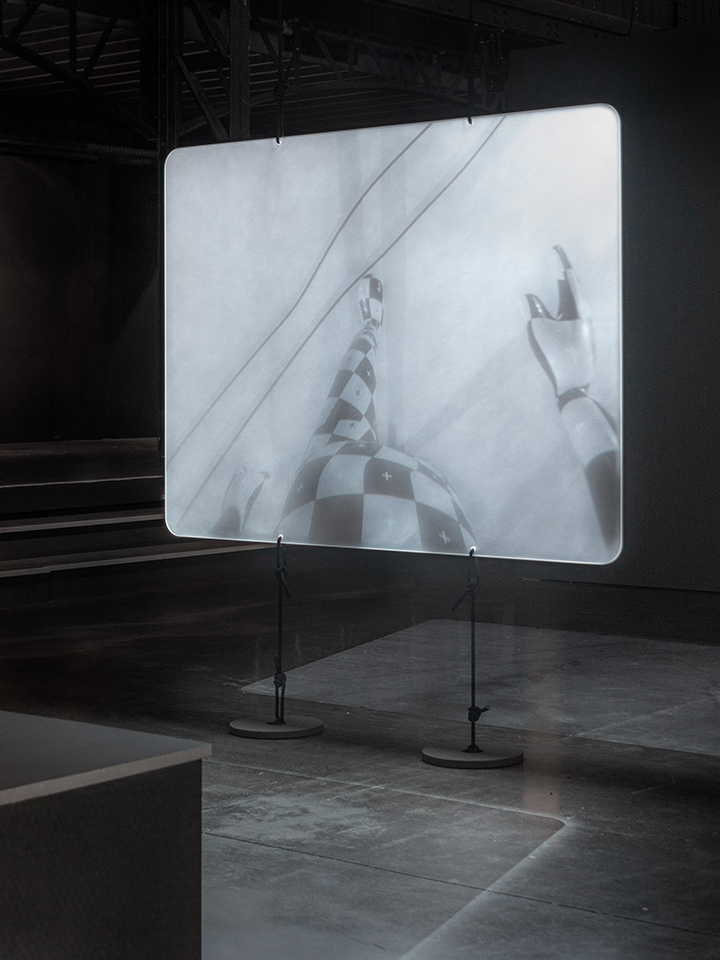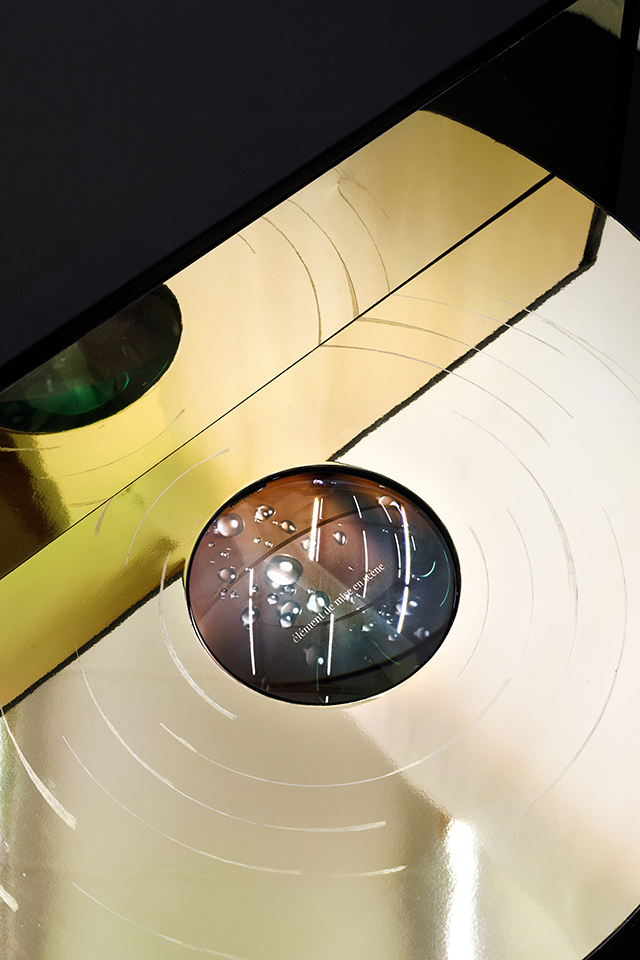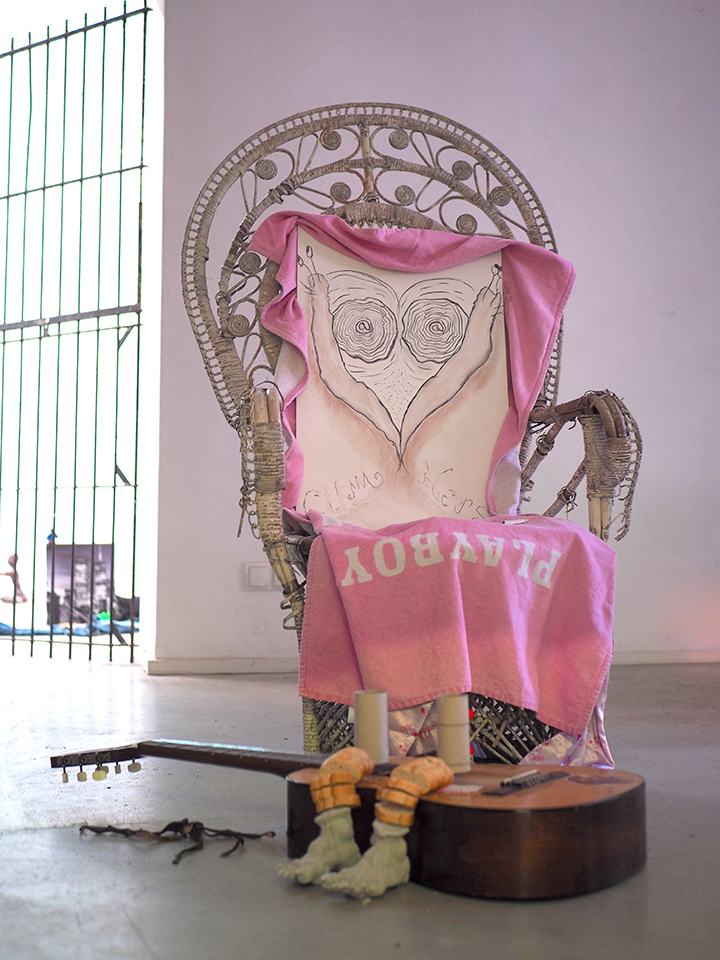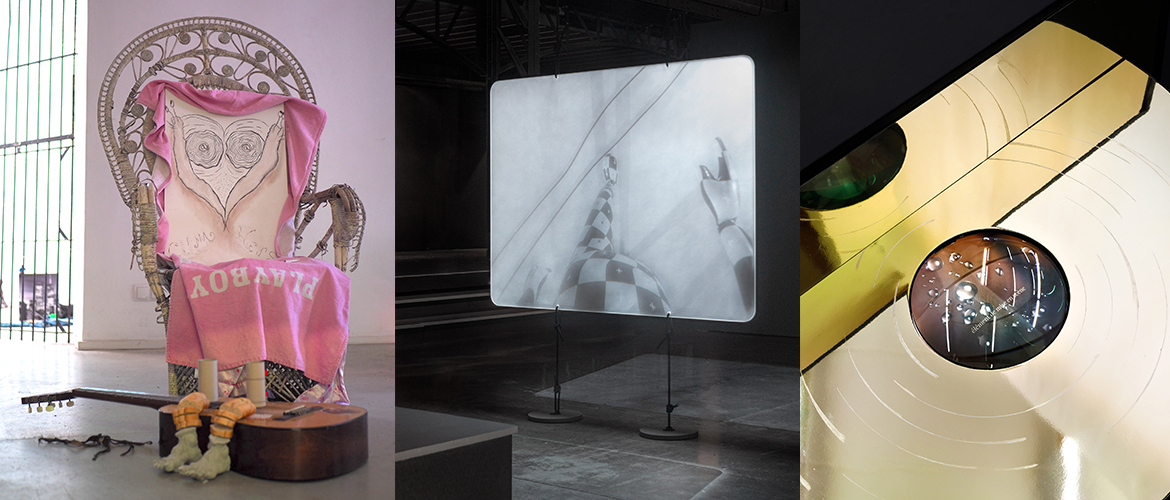Les Amis des Beaux-Arts have awarded three grants of 5,000 euros each to 3 young artists:
- Olivier Bémer, 2018 graduate (Montres F.P. Journe)
- Tania Gheerbrant, 2017 graduate
- Hatice Pınarbaşı, 2019 graduate
Olivier Bémer was born in Paris in 1989 where he lives and works. He has participated in several group exhibitions, notably during the 2019 Emerige Prize, at the Fresnoy Studio National, at the Centre Wallonie-Bruxelles in Paris, in the Grande Halle de La Villette as well as at the Palais des Beaux-Arts in Paris. The screen is the main medium of his practice, which oscillates between still and moving images, sound, text and interactivity. His work questions the relationship we have with technical objects and seeks in particular to deconstruct a fantasized vision of technology by presenting it not as a solution but as a symptom of our profound maladjustment.
The work of the artist is based on the concept of the screen.
Tania Gheerbrant graduated from the Beaux-Arts de Paris, in June 2017 - Ann Veronica Janssens workshop. She has recently presented her work in a solo show at the Cité Internationale des Arts (2021), a duo show at the Czech Cultural Centre (2020) and various group exhibitions in France and abroad: Palais des Beaux-arts de Paris (2021), Le point Commun (2021), La villa Radet (2019); La Panacée MoCo, Montpellier (20 19); DUUU Radio (2019); In Plano, Île-Saint-Denis (2019); The Other Art Fair, Turin (2018), Palais Bondy, Lyon (2018); Le Wonder/ Liebert, Bagnolet (2018); or at the Zoo Galerie- Espace Delrue, Nantes (2017).
Tania Gheerbrant is a laureate of the residency program at the Cité Internationale des Arts (2020-2021) and co-founder of the artist-run-space In plano on Île-Saint-Denis.
She is also participating in the Orange-Rouge program for the 2020-21 season.
The paintings and pictorial installations of Hatice Pınarbaşı embody a strange language populated with recurring signs: plant motifs, Roman letters, eyes, snails, spirals, clothes or even shoes. This language is physical, it takes up space, from the floor to the walls, without forgetting the air. Painting on objects, painting on fabrics, fabric paintings, coloured cardboard, drawing patterns. Nothing is sacred. All the elements are thought in relation to each other to tend towards an orality of forms, colours and signs. The artist creates a squatting language, talkative, almost inaudible, falsely indelicate. A performative language in the hollow of which Hatice Pınarbaşı crypts a situated, critical and magical autobiographical narrative. The artist composes with her origins and the realities (economic, cultural and social) of her daily life. Throughout the works, the magical and spiritual dimension asserts itself. From her Kurdish part, she injects animist thought, witchcraft practices, nomadism and the open thinking of the Alevis (the hippy branch of Islam). The signs, materials and colours are charged with a disturbing power. The artist creates a deliberately destabilizing and resolutely political language. A language in movement where each element can adopt another status, another position, a plurality of meanings. A transient, dirty language that doesn't care to seduce or disgust. A language that takes its time and overflows spatially to upset our relationship to the living. A language addressed to the visible as well as the invisible, to the earthly as a whole - without hierarchy, without privilege. Hatice Pınarbaşı, whose alter ego is the snail (a discreet, superpowered creature), drools and slowly traces her precarious, consciously illiterate grammar.
Julie Crenn

Olivier Bémer - installation vidéo

Detail, Tania Gheerbrant, It’s raining today, prologue, wood, skai, gold aluminium, glass lense, tablet, video, color 3’ in loop / pic : Salim Santa Lucia

Come here, Cum here, Com ear, Comme hier, peinture, maquillage, crayon sur bois, chaise Emmanuelle, serviette de bain Playboy, Sculpture de Rafael Moreno, pour l'exposition Coucoun Xplosion à la galerie Frappant à Hambourg



